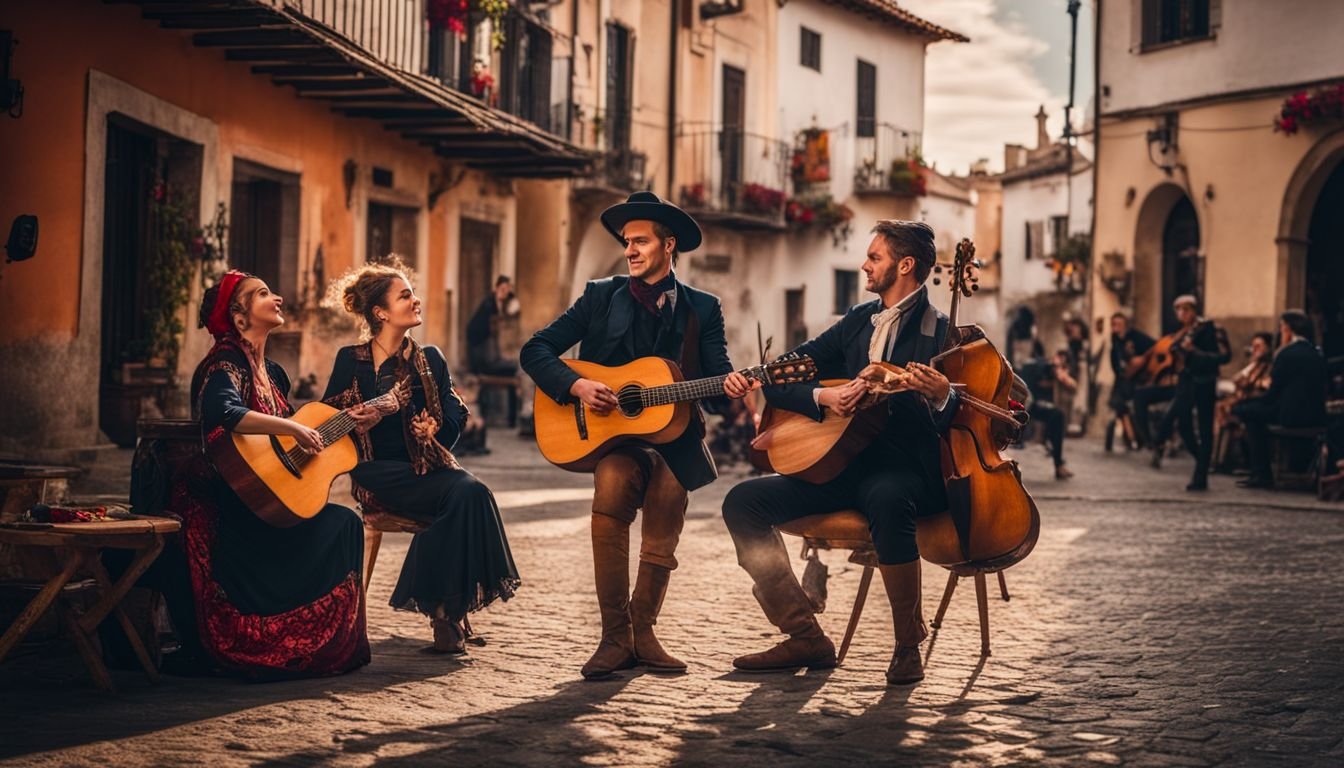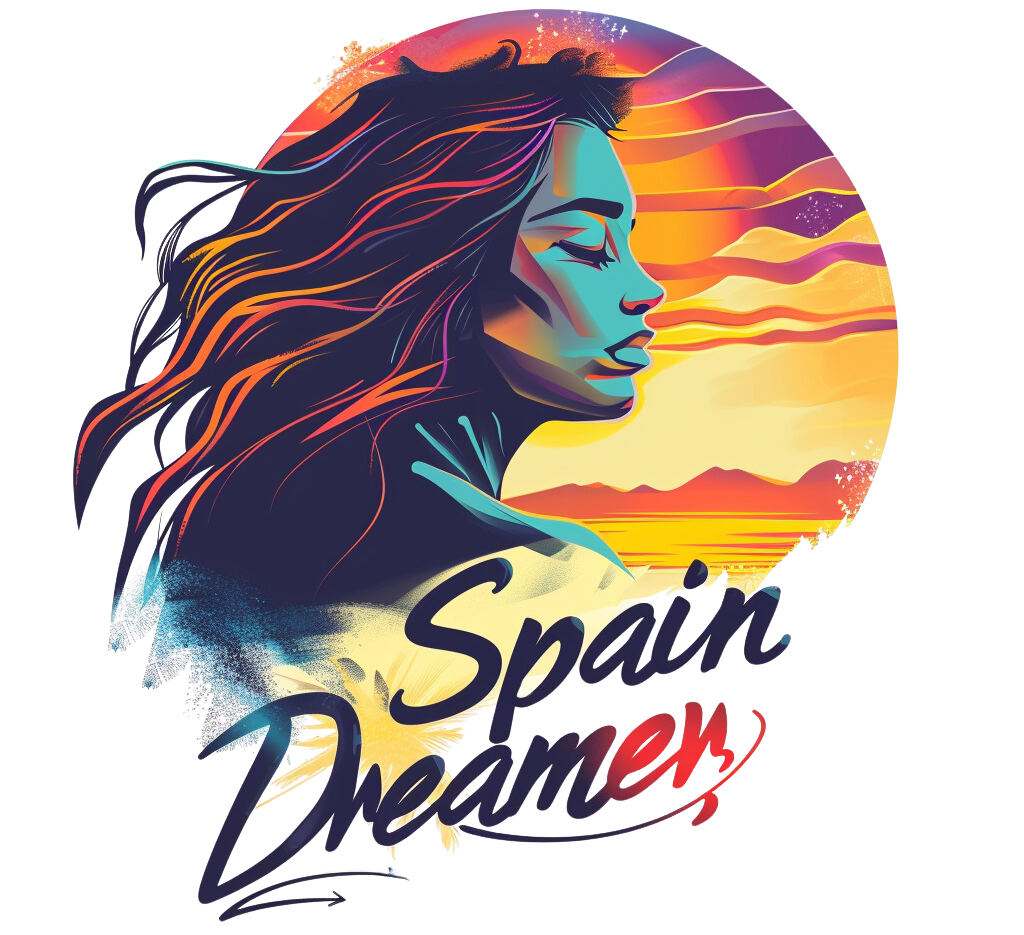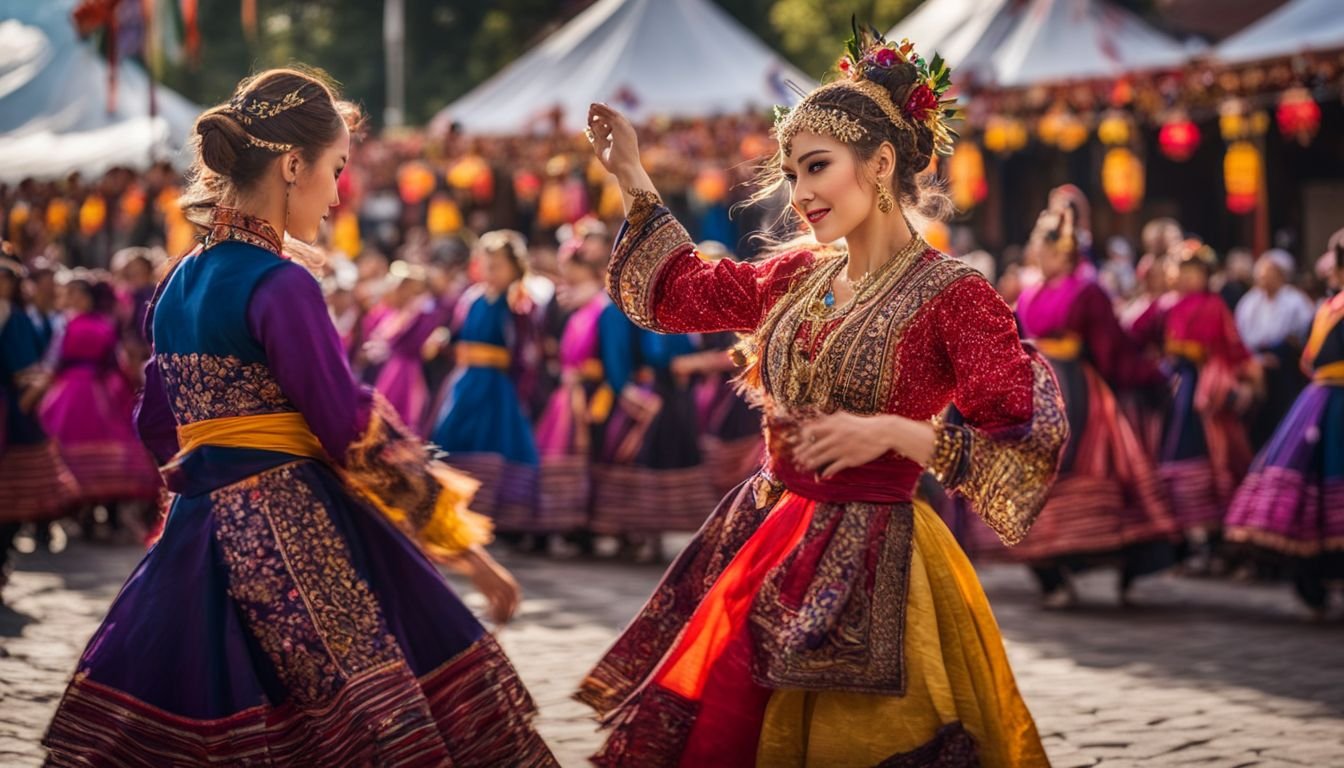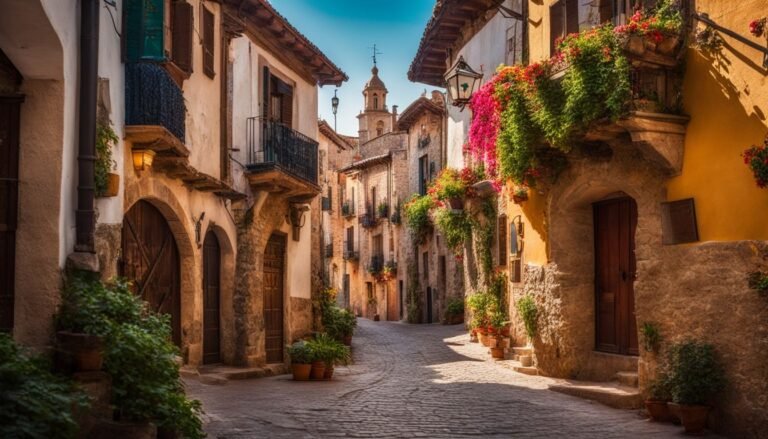Traditional music and dance in Costa Blanca
Are you looking to explore the vibrant world of traditional music and dance in Costa Blanca? This region is home to unique styles such as flamenco, jota, and pasodoble. Our article will guide you through the rich tapestry of Costa Blanca’s cultural expressions, showcasing where to witness these captivating performances.
Dive into the heart of tradition with us.
Overview of Traditional Music in Costa Blanca

Traditional music in Costa Blanca reflects a rich tapestry of influences from various genres, contributing to the region’s vibrant musical landscape. Music festivals play a pivotal role in showcasing and preserving traditional music, breathing life into local cultural celebrations.
Influence of various genres on local music
Costa Blanca’s local music scene draws richly from a tapestry of genres like flamenco, jota, pasodoble, sevillanas, and fandango. These styles blend together to create a unique sound that resonates throughout the region.
Live music venues and dance clubs in Costa Blanca serve as hotspots for this cultural exchange, where artists experiment with these traditional forms while incorporating contemporary influences.
Music festivals in Costa Blanca further enrich this mix by showcasing a wide range of musical genres. Events such as the Low Festival Benidorm, Alicante Spring Festival, and Benidorm Summer Festival play a crucial role.
They not only celebrate diverse sounds but also foster an environment where local musicians can explore new territories within their art form. This interaction between different musical traditions has been instrumental in shaping the distinctive character of Costa Blanca’s music scene today.
Role of music festivals in promoting traditional music
Music festivals in Costa Blanca serve as vital platforms for showcasing traditional music and dance, bringing these art forms to the forefront of cultural experiences for both locals and tourists.
By featuring a variety of traditional styles, these events celebrate the region’s rich musical heritage and provide audiences with authentic performances that highlight local talent.
These festivals not only entertain but also educate attendees about the historical significance and evolution of traditional music in Costa Blanca.
Local government initiatives and cultural organizations significantly back these festivals, ensuring they play a central role in preserving traditional music. Through support like this, artists find opportunities to express their creativity while keeping alive musical genres that might otherwise be overlooked.
Additionally, specialized workshops offered at some festivals allow participants to immerse themselves deeply into traditional dance styles, further promoting cultural exchange and learning among visitors from around the globe.
This concerted effort helps keep traditional music vibrant and relevant in today’s digital age, enriching Costa Blanca’s cultural landscape.
Role of Dance in Costa Blanca’s Culture

Traditional dance is deeply ingrained in Costa Blanca’s cultural identity, representing a vibrant and expressive art form passed down through generations. Local communities showcase their heritage through captivating performances that capture the essence of their history and traditions.
Popular traditional dances
Costa Blanca pulsates with a rhythm deeply rooted in its traditional dances. Each dance offers a unique glimpse into the region’s rich cultural tapestry and fascinating history.
- Flamenco – This intensely emotional and expressive dance is perhaps the most internationally recognized Spanish art form. Originating from Andalusia, flamenco in Costa Blanca captures the heart with its passionate gestures and intricate footwork. Dancers often wear vibrant, flowing dresses that enhance their dramatic movements.
- Sevillanas – A folk dance closely related to flamenco, sevillanas are popular at fairs and festivals in Costa Blanca. Characterized by lively music and four distinct parts, it is a couple’s dance known for its joyous nature and social aspect. Participants usually don traditional attire, adding to the visual spectacle.
- Fandango – Another dance showcasing Costa Blanca’s rich musical heritage is the fandango. Known for its energetic steps and fast-paced music, this dance involves a playful interaction between the dancers, who maintain close proximity throughout the performance. Its complexity requires skill and precision, making it a captivating sight for spectators.
Dance clubs and discos across Costa Blanca often feature these traditional dances, offering tourists an immersive entertainment experience through live music, karaoke, and social dancing activities. Through these venues, visitors can not only watch professionally staged performances but also take part in the dancing themselves, creating memorable moments of their journey in Spain.
Significance of dance festivals
Dance festivals hold significant cultural value in Costa Blanca, showcasing the region’s rich heritage and traditions through vibrant performances. These festivals provide a platform for local dancers to express their artistry and preserve traditional dances that have been passed down through generations.
Visitors can immerse themselves in the captivating rhythms and movements, gaining insights into the deep-rooted customs of Costa Blanca.
These events not only entertain but also serve as an avenue for fostering community bonds and sharing the essence of local culture with a global audience. The dance festivals contribute to the overall experience of tourists, offering them an authentic glimpse into the heart of Costa Blanca’s cultural tapestry.
Notable Music and Dance Festivals in Costa Blanca
Costa Blanca hosts a vibrant array of music and dance festivals throughout the year, offering a rich tapestry of traditional performances for locals and visitors alike. These festivals serve as cultural celebrations, showcasing the region’s musical heritage and captivating folk dances in dynamic settings.
Xabia Folk Festival
Xabia Folk Festival, held in Javea, Costa Blanca, Spain, is a highly anticipated traditional folk music event. Organized by the Ayuntamiento de Xàbia and offering free concerts, the festival draws both locals and tourists alike.
Scheduled for April to May 2024, this vibrant event features live music concerts in the charming streets of Moraira and Teulada. The lively atmosphere and diverse range of performances make it a must-visit for those seeking an authentic experience of traditional Spanish folk music.
As we delve into the rich cultural tapestry of Costa Blanca’s music scene, let’s explore another significant aspect – Alicante Spring Festival.
Alicante Spring Festival
The Alicante Spring Festival showcases the rich traditional music and dance of Costa Blanca. This two-day event, held annually during the last week of May, offers over 20 hours of live performances in a spacious venue.
The festival provides a vibrant experience with social dancing and renowned dance workshops, attracting both locals and tourists seeking an authentic cultural immersion in Costa Blanca.
Premium tickets are available for the Alicante Spring Festival, offering attendees an opportunity to fully engage with the diverse range of traditional music and dance on display. With its focus on preserving and celebrating local heritage through music and dance, this festival plays a vital role in promoting the cultural identity of Costa Blanca while providing an entertaining experience for all who attend.
The ‘Fiesta de Cornalón’
Transitioning from the vibrant atmosphere of the Alicante Spring Festival to the next cultural extravaganza, The ‘Fiesta de Cornalón’ is a significant event that encapsulates Costa Blanca’s rich heritage of traditional music and dance.
This local festival celebrates the region’s cultural identity through captivating performances and showcases an array of traditional musical styles including flamenco, jota, and pasodoble.
Audiences are treated to the enchanting sounds of guitar, castanets, and tambourine as these timeless melodies fill the air.
At The ‘Fiesta de Cornalón’, visitors immerse themselves in a tapestry of traditional dance forms such as flamenco, sevillanas, and fandango which – together with the musical accompaniment – provide a mesmerizing experience.
Conclusion
Traditional music and dance form an integral part of Costa Blanca’s rich cultural heritage. Visitors can immerse themselves in the vibrant rhythms of flamenco, jota, and pasodoble while experiencing the passion and elegance of traditional dances like flamenco, sevillanas, and fandango.
Festivals such as Xabia Folk Festival and Alicante Spring Festival offer captivating performances that showcase the region’s musical and dance traditions. These events not only entertain but also contribute to preserving and celebrating Costa Blanca’s unique cultural identity.
With government support and local initiatives, traditional music and dance continue to thrive, inviting both locals and tourists to take part in this timeless expression of artistry.
For more exciting experiences in the region, explore our guide on outdoor adventures in Costa Blanca.
FAQs
1. What is traditional music and dance in Costa Blanca?
Traditional music and dance in Costa Blanca are vibrant expressions of local culture, often performed at festivals and gatherings, showcasing unique rhythms and movements passed down through generations.
2. Can I experience traditional performances easily in Costa Blanca?
Yes! Visitors can enjoy these cultural performances at various venues like Multiespacio Rabasa, where events frequently celebrate the rich heritage of the area with music and dance.
3. Are there any websites that recommend where to see traditional music and dance?
Certainly! Websites like TripAdvisor offer reviews and recommendations for places within Costa Blanca where you can witness authentic traditional performances.
4. Do performers use any specific instruments or costumes?
Performers often wear colorful costumes that reflect the history of the region, playing traditional instruments that add a special touch to their dances and melodies.
5. How does experiencing this tradition enhance my visit to Costa Blanca?
Engaging with the traditional music and dance allows visitors to connect deeply with the local culture, making their stay in Costa Blanca more memorable by participating in its living heritage.







